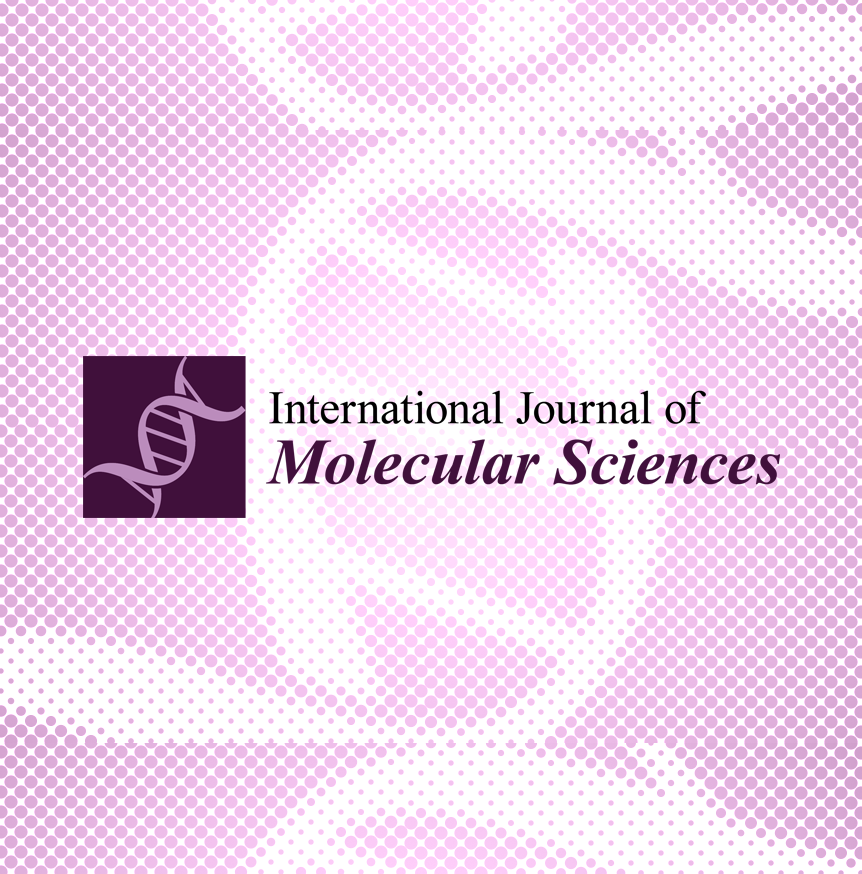
Personalized Medicine
Patient-derived multiple myeloma 3D models for personalized medicine
Diana Lourenço et al.; Int J Mol Sci. 2022
Multiple myeloma (MM) is one of the most common hematological malignancies worldwide. It is characterized by infiltration of monoclonal plasma cells in the bone marrow and overproduction of monoclonal immunoglobulins, leading to end-organ damage and significant patient morbidity. Though several effective treatment regimens including novel drugs are currently available and novel drugs, MM remains still incurable due to development of drug resistance. A deeper understanding of the underlying disparities between MM patients and of the complex interactions between myeloma cells and their microenvironment is critical to establish a more personalized treatment approach.
Three-dimensional (3D) ex-vivo models using patients’ bone marrow cells are emerging as a potential preclinical platform to study the mechanisms of disease and drug testing. A recent review describes the development of 3D culture models from patient-derived samples to allow study of the disease in each MM patient. The success of the 3D model’s establishment and therapy response prediction appears to depend heavily on the ability of the models to recapitulate tumors’ biology and physiology as well as their microenvironment. While there are still many challenges to overcome, including finding the right balance between the necessity to achieve the perfect model and the ease of its usage, it seems clear that the ultimate model should be based on patient samples, as every tumor has its own individuality. This would provide a powerful tool for patient-tailored profiling in pathophysiology studies and drug response, potentiating its translation from bench to bedside.
MAT-BE-2200913 1.0 12/2022

